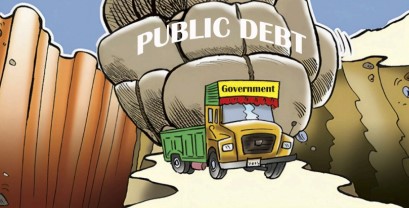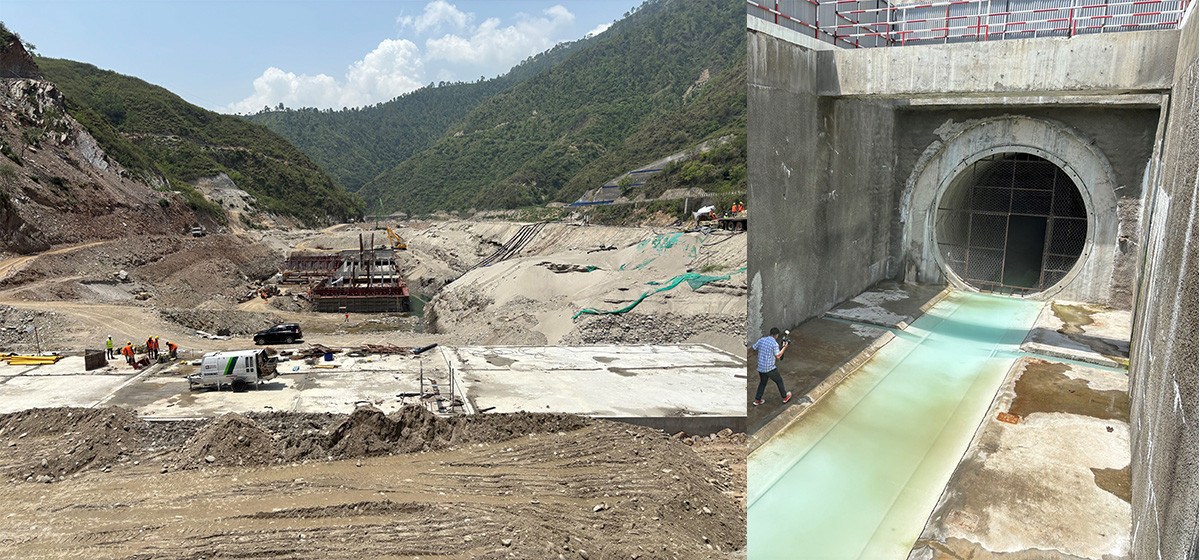KATHMANDU, June 18: Loans issued by banks and financial institutions (BFIs) to the construction sector grew 12.3 percent in the first 10 months of the current fiscal year, mainly due to soft measures adopted by Nepal Rastra Bank (NRB) on credit flow to this sector.
The records with the NRB shows that the BFIs issued loans worth Rs 25.54 billion as of mid-May this FY, compared to Rs 19.97 billion in the same period of the last FY. BFIs had been reluctant to issue more loans to the sector after they struggled to recover their loans provided to construction businesses, resulting in slow growth in credit flow in the segment.
Bankers attribute the increase in credit flow to the construction sector mainly to the NRB’s flexible policy. Issuing a circular in April, the central bank had provided a respite to the construction entrepreneurs. Under this provision, contractors with outstanding payments from public bodies can now restructure or reschedule their loans by paying only 10 percent of the interest due.
“The bankers were in no mood to issue additional loans to them due to the recovery issue, but the soft measures taken by the central bank compelled them to issue more loans to the construction sector,” said a banker.
Lending slows as banks focus on recovery of loans at fiscal yea...

The NRB records show that there was a notable growth of 24 percent in the loans provided to the heavy construction work like highways and bridges. The growth rate of credit for residential construction was 3.8 percent, while that in the non-residential segment was negative 6.2 percent during the review period.
The NRB adopted a flexible policy following the construction entrepreneurs’ long-term concerns about delays in payments by the government, which has caused difficulties in settlement of their loans. In addition, the standstill of the real estate business due to the prolonged economic slowdown and abnormal surge in prices of construction materials had largely affected the sector’s business in the country for the past few years.
This sector witnessed a negative growth even in the past two fiscal years, which was attributed mainly to consistent low capital expenditure by the government. In the fiscal years 2022/23 and 2023/24, the construction sector's growth rates stood at negative 1.10 percent and 2.07 percent, respectively.
According to the National Statistics Office (NSO), the construction sector of Nepal bounced back in the second quarter of the current fiscal year, with a growth of 9.1 percent compared to a negative 0.3 percent in the first three months of the FY 2024/25. The NSO has projected the growth of the construction sector at 2.1 percent in the current FY.
Economists say that the increased credit flows in the segment could help increase aggregate demand of the economy through an increase in economic activities of other multiple businesses.





































